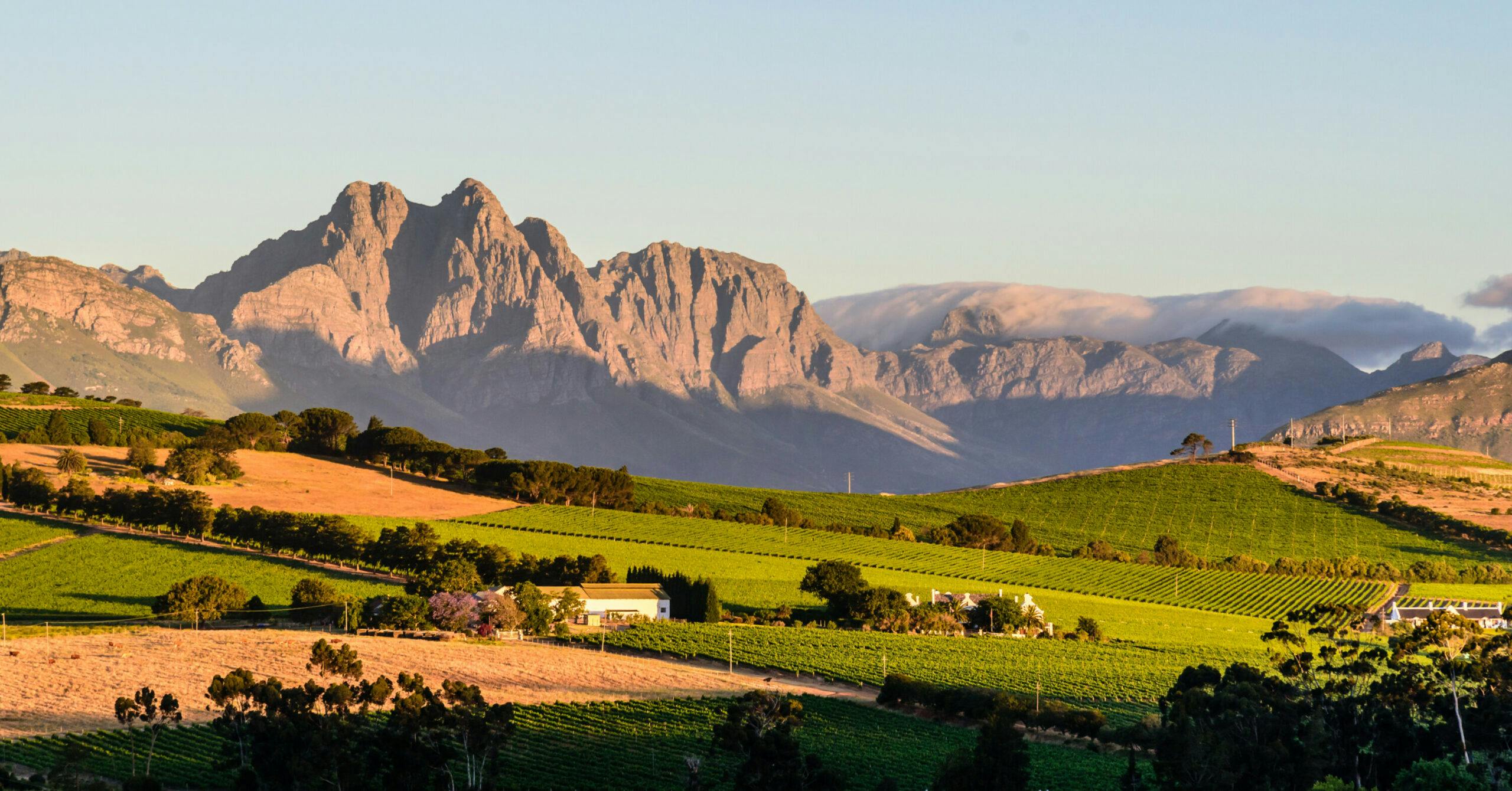
Tariffs of Tomorrow: Designing tariffs to enable the efficient integration of DERs and the transition to a competitive wholesale market
Promoting efficient investment in and utilisation of distributed energy resources (DERs), such as Solar PV and battery systems, offers numerous benefits for electricity system operators, distributors, and consumers alike. Achieving this, however, relies on tariff structures that provide clear and effective price signals.
Retail electricity tariffs in South Africa, like in many other countries, were not originally designed to promote efficient investment and integration of DERS. In the case of residential customers, most countries, including South Africa, still make use of volumetric tariff designs, such as inclining block Tariffs (IBT). Under volumetric tariffs, utilities recover most of their fixed costs via a charge based on the volume of electricity consumed, typically measured in kilowatt-hours (kWh).
This design was popular because it was relatively easy to understand and linked a consumer’s bill directly to the amount of electricity they use. It is problematic, however, because the implicit assumption is that each kWh consumed imposes the same cost on a utility regardless of the time, location or total volume of electricity consumed. In reality, both energy and capacity costs are much higher in peak times than off-peak and in locations where a large proportion of costs of supplying a customer with power are fixed – are incurred regardless of how much power the customer consumes.
In addition, under volumetric tariffs, customers who install distributed generation can avoid their fair share of fixed costs. When a customer self-generates, the volume of grid-supplied power they consume (and as such their electricity bill) decreases significantly. Still, the costs to the utility (of supplying the customer) remain largely unchanged, because they are mostly fixed.
As such, internationally, the need to reform electricity tariff design became more urgent because flaws in prevailing tariff design have been amplified by two key developments:
- The rising adoption of distributed energy generation and storage by end-users. Which in South Africa accelerated sharply in 2023 as load shedding worsened and licence thresholds were removed.
- The liberalisation of electricity markets – i.e. introduction of competitive wholesale and retail markets. The introduction of a competitive wholesale market in South Africa is now imminent.
In this presentation for Enlit Africa 2025, we discuss why retail electricity tariffs in South Africa need to be revamped and how they can be redesigned to drive efficient investment in and the optimal use of distributed energy resources, while supporting a smooth transition to the South African Wholesale Electricity Market.
